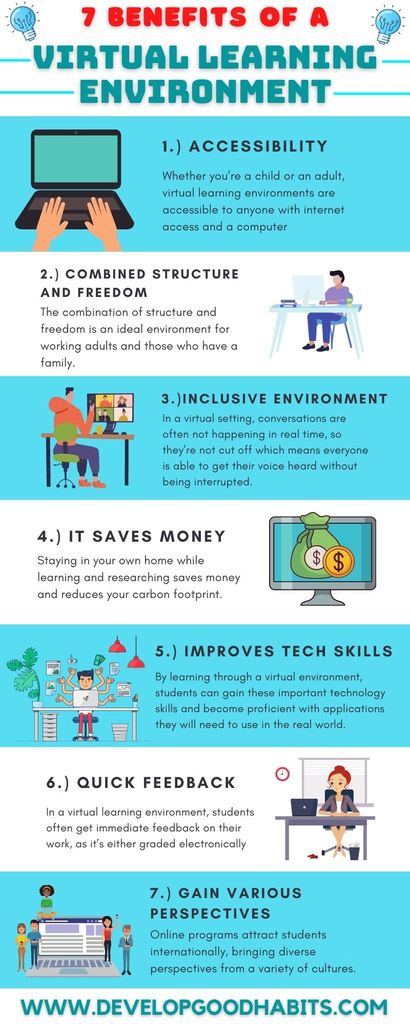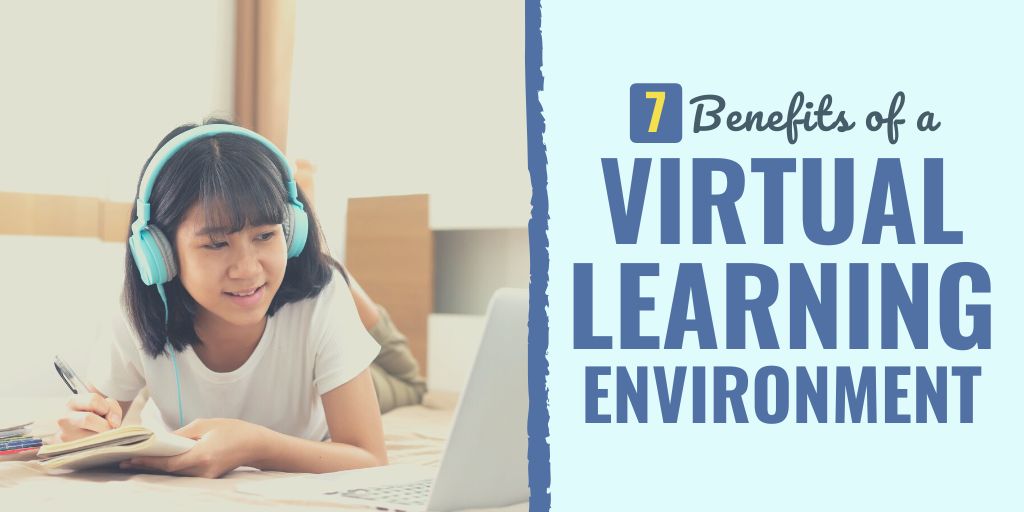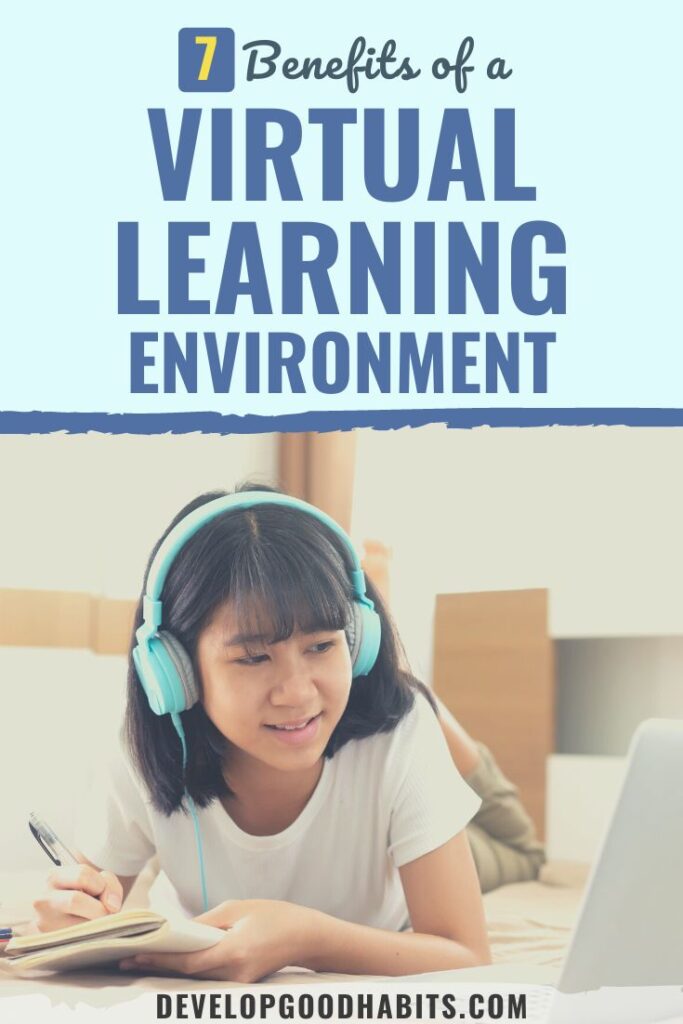The concept of distance learning is far from new. In fact, in 1892, the University of Chicago offered “correspondence education” at off-campus sites.
Since then, with the evolution of technology, distance learning has transformed as well. Education has since been acquired through radio, television, and, of course, online.
Virtual learning has certainly grown in popularity over the past decade, and people have started to recognize an education received through virtual learning as being more legitimate than they once did.
When for-profit schools initially introduced the option for online degrees, many brushed them off as being inauthentic or not offering the same level of quality education as a traditional school.
While this may be true, people then assumed online courses from accredited colleges were equally as sketchy once they started being offered.
However, as with most other technological advances, virtual learning has increased in popularity–and with the COVID pandemic, it has transformed itself into the new normal (at least for now).
This means that those of us who used to see online programs as being a scam have now come to realize that there are checks and balances in place that ensure students are getting a proper virtual education.
Before the COVID pandemic was mentioned, the online education market was estimated to hit $350 billion by 2025 due to the advancement of learning technologies. However, add in COVID’s factor, and those numbers are pretty much guaranteed to increase.
What’s more– we have seen that there are actually some benefits to virtual learning, even for the younger kids in school, that cannot be gained in a traditional classroom setting.
So in this article, we are going to look at some of those benefits, and see why this “new normal” may not be such an “easy way out”.
But first, let’s look at what virtual learning is and what it entails.
What is Virtual Learning?
Virtual learning is an education model that has revolutionized the way students learn today. In a virtual learning environment, the instructor uses online resources to communicate lessons to students rather than gathering in an in-person classroom setting to teach.
Due to modern technology, students can learn from home in a similar way that they learn in a traditional classroom.
There are many forms that virtual learning can take:
No matter what form of virtual learning you may be considering, there are benefits to moving forward with this option over the traditional in-person learning environment.
Let’s take a look at seven of those benefits.
7 Benefits of a Virtual Learning Environment
1. Accessibility
Imagine having the freedom to study and complete your classwork 24/7 from anywhere in the world at any time that fits into your hectic schedule. Whether you’re a child or an adult, virtual learning environments are accessible to anyone with internet access and a computer.
It doesn’t require living near a particular school, owning a car or finding a bus route, walking to a classroom, or navigating stairs–you just have to login to your computer to get to work.
Furthermore, you don’t have to schedule the rest of the day around the time of your class. Course materials are accessible online whenever you’re ready to sit down and learn.
For younger students, this means that they can learn at their own pace and go back and repeat lessons that they may need some extra help on. Students can also pick up and drop off wherever is needed to fit in with their day.
It’s also more comfortable to learn from the comfort of your own home, which is a perfect option for those with a physical disability, whereas traditional establishments could have accessibility barriers or challenges.
Finally, have you ever seen a class that you really wanted to take, but it was never offered at a time that was conducive to your schedule? Or what about a class that filled up so quickly each semester that you were never able to grab a spot?
Online classes allow for more students to attend and learn, and they’re never set for an inconvenient time.
2. Combined Structure and Freedom
Virtual learning programs typically contain weekly assignments for students to complete in addition to project due dates, online tests, the submission of homework or papers, watching lectures, or creating a discussion board comment on a topic in response to fellow classmates.
However, because of how these programs are structured, students can create their own schedule for completing these tasks between each class period.
The combination of structure and freedom is an ideal environment for working adults and those who have a family. Along with not having to take the time to commute, you can also choose when and where to pick up and put down your learning.
So if you’re travelling for business, you don’t have to miss a class and potentially get behind. You can just login to your school’s portal to gain access to assignments, discussion boards, video lectures, and feedback.
All you need is a computer wherever you are. And, in juggling your schedule with your learning responsibilities, you will also improve your time management skills by having the discipline that’s required to find the time to learn.
This freedom also allows you to learn “just in time.” The video below provides a quick overview of “just in time” learning and 5 simple steps you can use to master any skill in a short amount of time.
3. Inclusive Environment
If you’re that student who tends to keep your head down in traditional classrooms, you will likely find virtual classes to be easy to participate in.
In a virtual setting, the anxiety that comes along with raising your hand and potentially having the wrong answer or bringing up a point that–after saying it out loud–doesn’t make as much sense as it did in your head, is eliminated.
When you’re taking a class online, you have the time to think through your responses before writing them and reading them over to ensure they’re relaying the message that you’re intending.
Plus, imagine the frustration that comes along with having a real-time discussion in a traditional classroom: sometimes, by the time you’ve formulated a thoughtful response, the topic has changed and the conversation is over.
But in a virtual setting, conversations are often not happening in real time, so they’re not cut off by a bell. Rather, everyone is able to get their voice heard without being interrupted.
This means that rather than the same few people taking over in the majority of the class sessions, everyone has an equal opportunity to participate in the discussion and voice their own opinions.
Moreover, in virtual classrooms, instructors can use a variety of tools to help students participate, such as polls, surveys, whiteboards, and chats. Taking a blended approach to learning can help students spend time working on practical tasks in addition to learning the theories behind what they’re doing.

Mixing in different activities allows students to work with the material in a variety of forms and helps students engage in approachable ways that feel relevant without having to speak every time.
4. It Saves Money
Staying in your own home while learning and researching saves money and reduces your carbon footprint.
If you’re taking a college-level class, you may still have to pay the tuition fee, but you can avoid the high costs of moving, travelling back and forth to your family, and paying for living accommodations.
If you’re doing virtual learning in grade school, you’re still saving money on travelling to and from school, buying lunch, buying special clothes for school, etc.
Furthermore, the College Board reported that, on average, students spent $1,440 for course materials and textbooks for the 2018-2019 academic year.
When learning in a virtual environment, your textbooks and other learning materials will often be provided online for free, which translates to major money savings.
5. Improves Tech Skills
A lot of people who are in school right now are going to graduate with a job that requires them to know how to effectively use technology to communicate and get their work done.
By learning through a virtual environment, students can gain these important technology skills and become proficient with applications they will need to use in the real world.
Also, with the coronavirus still rampant, businesses are shifting to virtual platforms instead of having traditional office spaces. Having the skills to collaborate remotely will help any student hit the ground running in a future career.
And consider the outdated nature of a traditional textbook. From the beginning of the year to the end it doesn’t change– and likely for years to come. However, the evolution of technology constantly improves and updates online content so schools can offer compelling and relevant material.
Real-life simulation tools can also be used to immerse students into situations that they may face in the future, which will better prepare them for the real world.
6. Quick Feedback
Do you remember being in grade school and having to wait a week or two to get your test score? If you thought you did well on the test, this wait was probably excruciating.
In a virtual learning environment, students often get immediate feedback on their work, as it’s either graded electronically or the professor makes comments on student’s postings.
As far as research papers go, students in traditional classroom settings typically have to wait for everyone to turn in their paper before the teacher will even start to grade them.
But when you can email your paper or upload it onto a shared site, instructors will often assess each paper as it comes in, so you’re not waiting for a month to see how well you did.

This is great for children because it can accelerate their learning if they can know right away where they have room for improvement in their work. Knowing their strengths and weaknesses can help younger students progress faster than they otherwise would in a traditional classroom.
7. Gain Various Perspectives
Online programs attract students internationally, bringing diverse perspectives from a variety of cultures. Having the opportunity to work with people with a very different worldview will help prepare students to work in our increasingly global society.
By gaining insights into other cultures of business and approaches to problem-solving, students can better inform their own approach to solving complex problems in any field of work, and open up new opportunities for a future career.
While virtual classroom settings are diverse, the sense of anonymity that comes along with it also creates a conducive environment for students to build relationships with others that they may not otherwise pursue after having a first impression of that student.
Recent studies show that it can take as little as 33 milliseconds of looking at a person before deciding if you want to interact with them, which may prevent you from having an intellectual conversation with someone who might be able to teach you something.
When everyone online looks pretty much the same, students don’t form these limiting biases. Instead, they can more easily collaborate and talk through ideas with any of their peers, which can also help build lifelong teamwork skills.

Final Thoughts on the Benefits of Virtual Learning
As you can see, virtual learning has several benefits, and is likely going to continue to become the future “norm” of educational practices. People of all ages can benefit from virtual learning, as it is much less limiting than having to be in a traditional classroom setting.
Personalized education through online sources may have once been frowned upon, but with updated technology, there are many benefits that students can reap from this type of classroom setting.
And if you're looking for resources to help provide you with some direction for your learning, here are some articles to read:
- 31 SMART Goals Examples for Students of All Ages
- 13 Effective Study Habit Examples
- 11 Vision Board Ideas and Examples for Students
Finally, if you want to level up your parenting skills, then check out this resource that will show you how to get your kids to listen WITHOUT yelling, nagging, or losing control.

Connie Mathers is a professional editor and freelance writer. She holds a Bachelor's Degree in Marketing and a Master’s Degree in Social Work. When she is not writing, Connie is either spending time with her daughter and two dogs, running, or working at her full-time job as a social worker in Richmond, VA.


